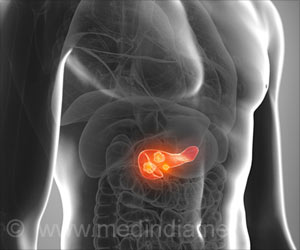
‘We can detect secondary myeloid neoplasms early, to study if preventative therapies could benefit patients.’
Read More..




The researchers used a variety of sequencing techniques (whole exome, whole genome and RNA) to characterize the genomic profile of 84 pediatric therapy-related myeloid neoplasms.Read More..
The data came from patients with leukemia, solid tumors or brain tumors who were treated with different types of chemotherapy and who all later developed myeloid neoplasms.
"One thing that we've known for a long time is once kids develop this secondary tumor, the outcome is really poor," said co-corresponding author Jeffery Klco, M.D., Ph.D., St. Jude Pathology.
"The alterations that drive these tumors are different in children than they are in adults, underscoring the need to study these tumors specifically in pediatrics."
Collaboration yields new understanding
Advertisement
Additionally, the results showed increased expression of a transcription factor called MECOM, which was associated with MECOM's abnormal proximity to an enhancer as a result of genetic rearrangements.
Advertisement
With these tools, the researchers could trace the mutations back as far as two years before a therapy-related myeloid neoplasm developed, when early interventions could potentially benefit patients.
"This work indicates that we can detect this type of malignancy early, to study if preventative therapies could benefit patients," said co-senior author Xiaotu Ma, Ph.D., St. Jude Computational Biology.
Source-Eurekalert








